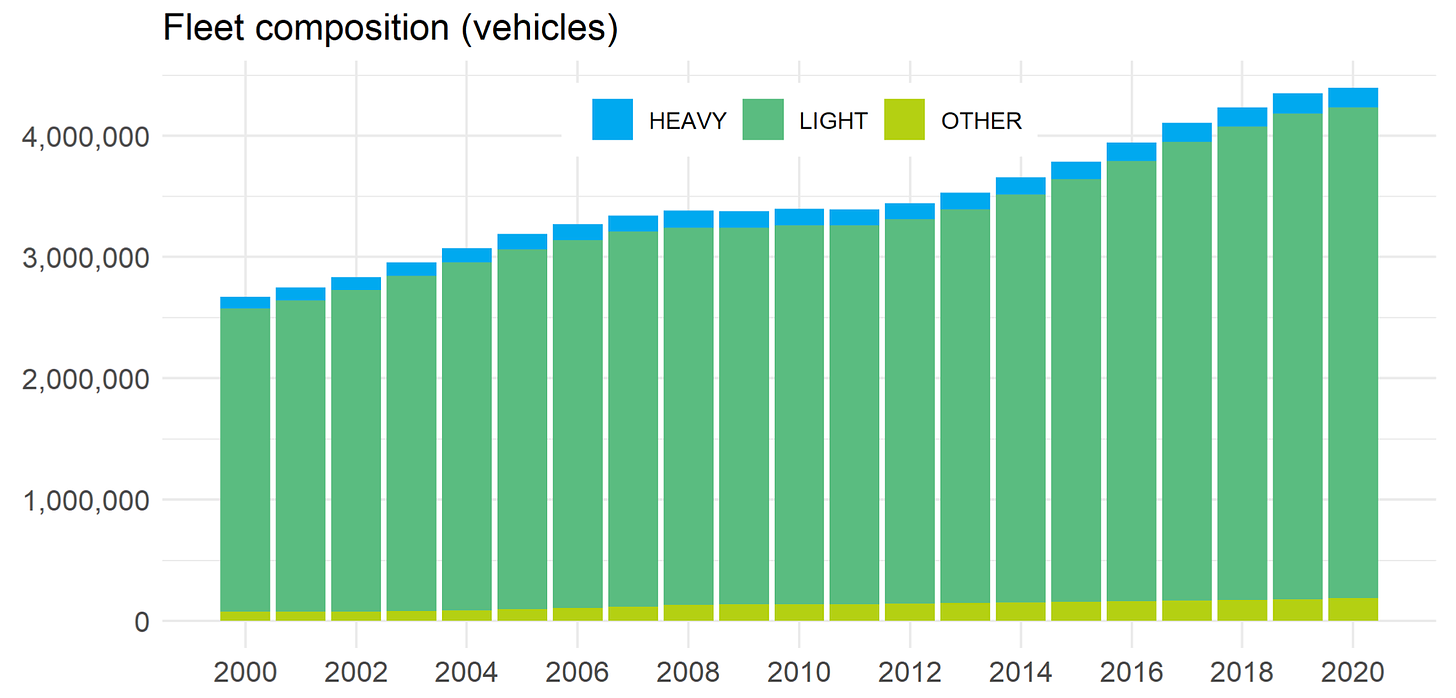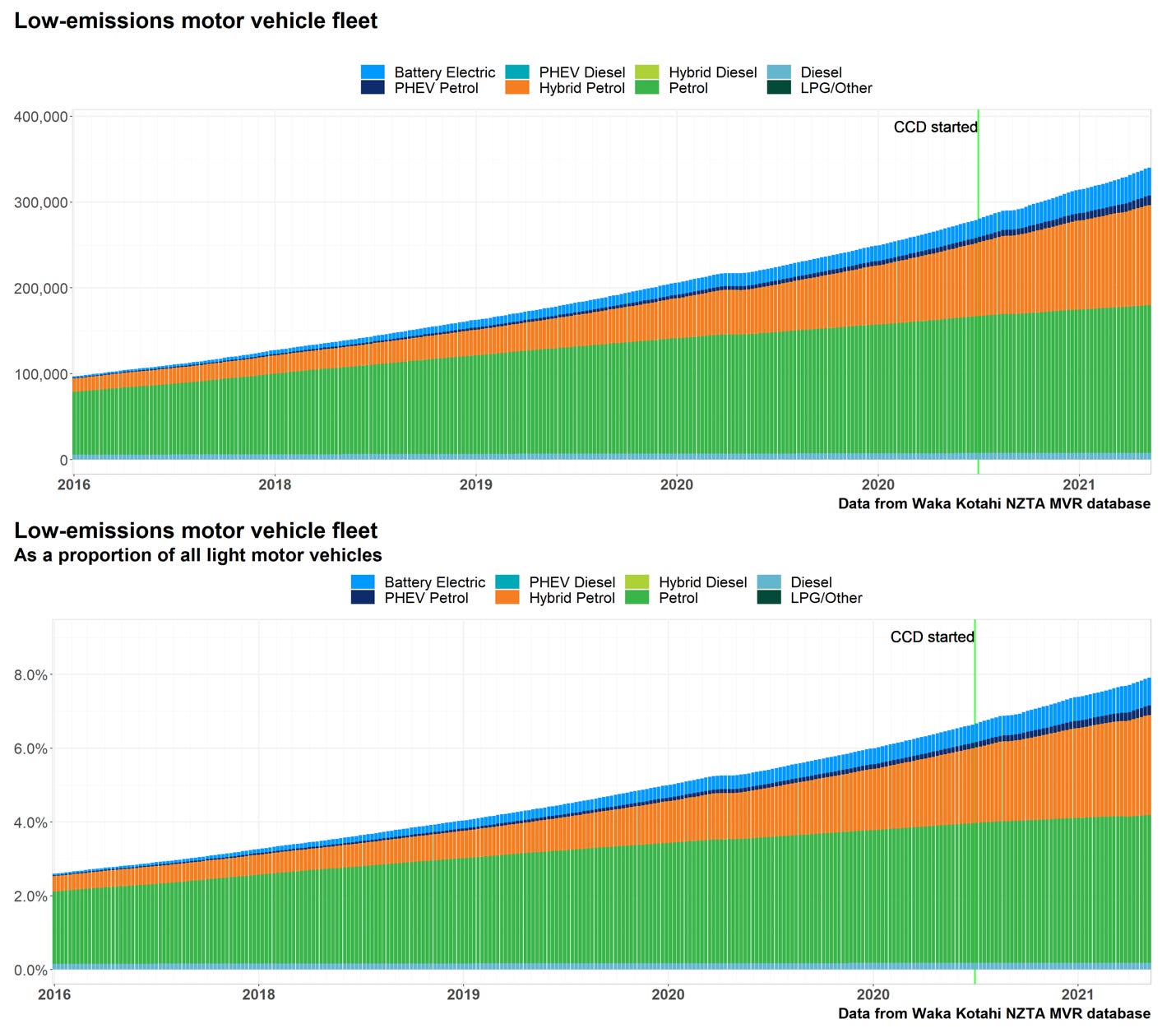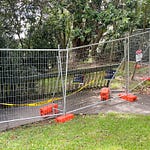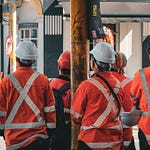TLDR: So much for a climate emergency. The Labour/Green Government has unveiled a politically and financially tame Emissions Reduction Plan, which still puts most of the load on buying credits offshore and has backloaded most of the spending here out past 2024.
It has kicked for touch on the politically difficult decisions around congestion charges, agricultural emissions and the electricity market. It also chose not to ban the importation of petrol and diesel cars and utes from 2035 or shut down connections to the domestic gas network from 2025.
Its flagship ‘cash-for-clunkers’ scheme isn’t scheduled to start in earnest for at least another two years, with the key decisions on how it will operate, who will be eligible, what types of cars to be exchanged and how much per car it will cost yet to be decided.

This is my initial wrap from the Beehive ‘lockup’ of the 344 page First Emissions Reduction Plan (ERP) released at midday after a short news conference with Deputy Prime Minister Grant Robertson and Climate Change Minister James Shaw. I have opened up this email and podcast to be free for all from the start as part of my public journalism mandate. I welcome suggestions for followups and further lines of inquiry in the comments below from paid subscribers, who are able to comment. I will update this through the day with reaction and detail.
A reminder to free subscribers reading here that we have a special $30 a year deal for under 30s and that students and teachers should sign up for the free tier using their ‘school’ or ‘ac’ email addresses to get converted to the full subscription for free. And we have a new special $65 a year deal for over 65s who rent and are reliant on NZ Superannuation alone for their income.
What’s in the plan
The ERP includes $2.9b of new spending over four years from a $4.5b Climate Emergency Response Fund (CERF), which is itself funded by revenues from the Emissions Trading Scheme.
However, only $1.17b of that is in the first two years, with most of that used to:
subsidise the conversion of industrial coal boilers, mostly in dairy factories ($230m);
to vaguely fund Waka Kotahi’s efforts to encourage cycling ($373m);
to subsidise moves to reduce emissions from waste ($100m);
to pay for research and development to find technologies to reduce agricultural emissions ($92m); and,
to fill up a past Waka Kotahi funding shortfall from low public transport usage during Covid ($47m).
Almost a third of the spending in the first two years is going to help the agriculture sector adjust, even though it has contributed nothing to the current Emissions Trading Scheme (ETS) that the spending is coming from and is not due to be part of the scheme until 2025 (the decisions on what form that takes have still not been made.)
Finance Minister Grant Robertson said Treasury had advised of an extra $800m in ETS revenues because of higher carbon prices, which offset $840m allocated in December for ‘international climate finance’, which refers to foreign aid spending on emissions reduction and climate mitigation work in the Pacific and elsewhere refers to buying international carbon credits for a market that does not exist yet.1 Robertson said just $2.9b of the $4.5b fund available had been allocated.
The ‘flagship’ cash-for-clunkers scheme unveiled in the plan actually only commits $32m to a trial in the first two years for 2,500 vehicles at a cost of $12,800 per vehicle, with decisions yet to made on the remaining $537m to be spent in 2024/25 and 2025/26, which would only allow the conversion of 42,000 clunkers for low-emissions vehicles, and only to those households earning less than the median wage.
The measures would see just 30% of the light vehicle fleet being electric or hybrid by 2035, with only a 35% reduction in vehicle kilometres travelled. The overall effects of the plan would be to reduce the number of cars on the road by 181,800 by 2035, down from a current light vehicle fleet of 4.4m.
The measures to encourage the adoption of electric vehicles and the specific adoption of public transport amount to just $52m of the $2.9b trumpeted. Just $12m was allocated for electric bus purchases, with diesel buses being bought for another three years and still being used until 2037.
What’s not in the plan
The plan was as notable for what was not in it, as what was in it, including:
no plan to ban imports of petrol and diesel-powered cars by any date, which was recommended by the Climate Commission and widely done overseas;
a decision not to stop new connections to the domestic gas network from 2025;
no decisions on congestion charges for Auckland or anywhere else, other than a vague suggestion of more consultation and no action for at least two and a half years;
no announcement of an extension of the half-price bus, train and ferry fares beyond the current three months;
no funding for future larger subsidies of public transport to ensure some sort of just transition;
no significant measures to encourage investment in renewable electricity generation or remove the current one million tonnes of coal currently being fed into Huntly by Genesis Energy to power Auckland; and,
the assumption about the closure of Tiwai Pt has been removed from the plan, which adds to the burden of moving to 100% renewable electricity and means the 30% fall in wholesale electricity prices cannot be relied upon to enable the transition.

In summary, my view:
The key things to know here are:
the Government had already decided to make its climate spending fiscally neutral, meaning it will only spend the revenues from the ETS;
the Government has ruled out borrowing to fund new climate infrastructure or measures to reduce emissions;
the Government decided to underspend from that fund, effectively tightening fiscal policy by taking in more from the ETS than it is spending;
it painted the plan as equitable, but a full third of the spending in the first two years goes to the farming sector, who contributed nothing to the ETS, and there is nothing in the first two years to help those on low incomes;
the Government has made no politically painful decisions, kicking the can down the road on congestion charges, road conversions to cycleways, subsidies for electric cars, climate friendly infrastructure and bans on internal combustion engine imports.
The Government has done the least it possibly can to meet its limited emissions targets under the zero carbon act, and has done nothing either truly transformational or politically difficult. It’s main priority in this plan was to:
reduce Government debt now, rather than use the balance sheet to invest for future generations;
avoid giving the impression of being ‘addicted to spending’, as the Opposition has accused Labour of; and,
avoid any decisions that might alienate or lose the vote of median voters, who mostly live in suburban homes they own and have at least two cars in the driveway, including, most likely, a double cab ute, and who rarely if ever use public transport.
Ka kite ano
Bernard
PS: I will update this through the day and I welcome your comments and suggestions for further questions below.
Treasury officials referred to climate finance as being related to international credits being created in diplomatic work with aid partners. The PM’s office later told me it related to the $1.3b announcement in October last year on foreign aid spending, including on “clean energy projects in developing countries, ensuring buildings are able to withstand more damaging storms, crops are resilient to droughts, floods and new pests, and communities are protected from sea level rise and storm surges,” and was not related to creating or buying credits. Climate Change Minister James Shaw said in October two thirds of New Zealand’s contribution to reducing emissions under its Nationally Determined Contribution to UN bodies would come from buying carbon credits.
















A tame, late and skimpy Emissions Reduction Plan